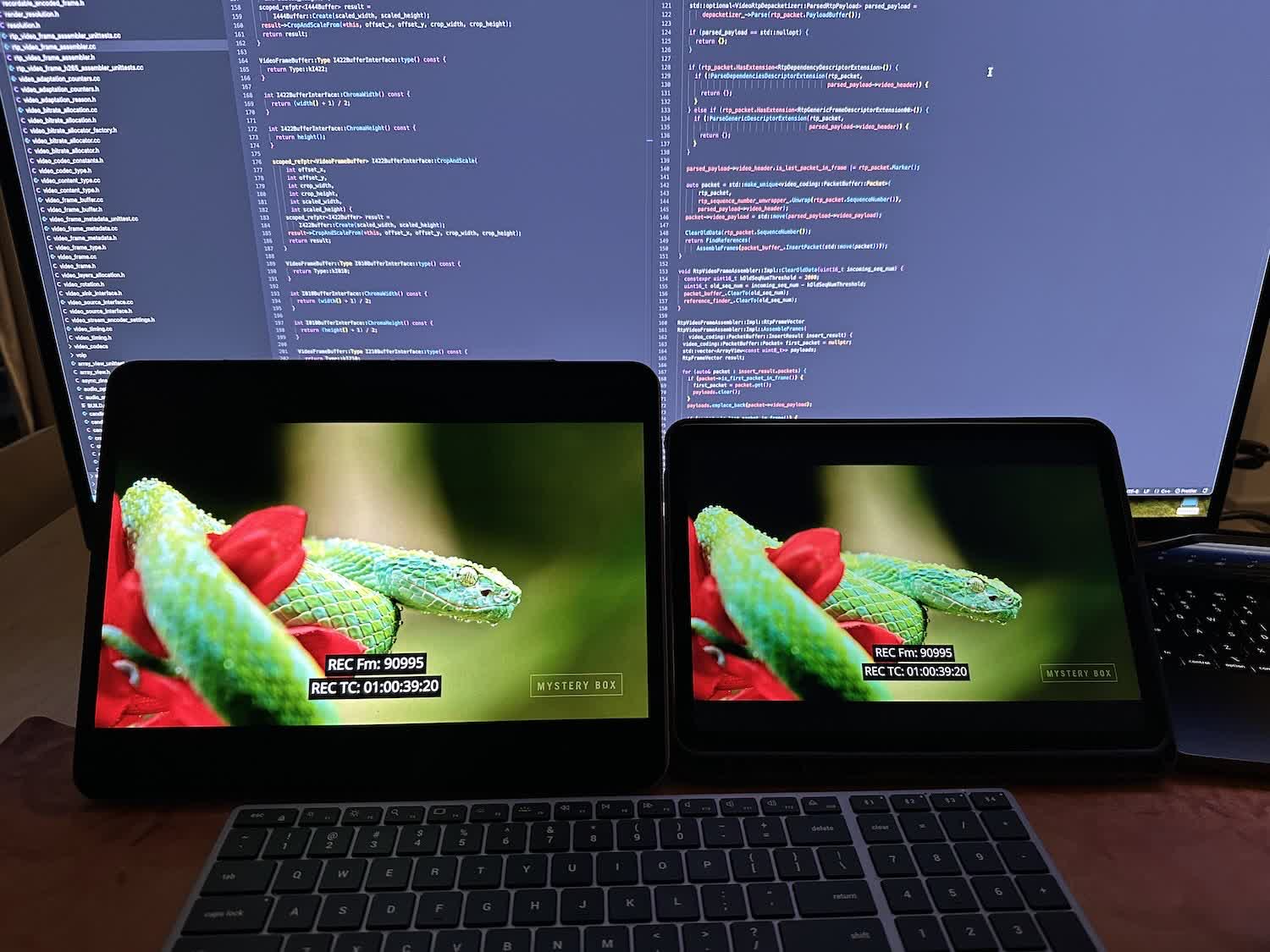We Rebuilt Pixelview From Scratch - Now with HDR and 10-bit 4:4:4
Over the past six months, we've been working on something big. We completely rewrote the Pixelview streaming pipeline from the ground up. Here's what we've been building and why.
Why We Started Over
Our old system relied on third-party services that limited what we could build. Adding new color spaces or optimizing workflows meant waiting for vendors. So we rebuilt everything ourselves to give you the features you need.
Introducing the Pixelview Engine
After six months of intense development, we now have our own streaming engine. We've either written it ourselves or built it on open-source foundations that we can modify and improve.
This means we control the entire pipeline—from when your stream hits our servers to when it reaches your viewers' devices. No more black boxes, no more "sorry, we can't do that." If you need something specific for your workflow, we can actually build it. This is also much more secure because we can read 100% of the code used for your stream.
Technical Improvements
Here's what the new pipeline supports:
SDR Streaming: Full 10-bit 4:4:4 color support. We're not throwing away any of your color information.
HDR Streaming: Support for Rec.2020 PQ, HLG, and P3-D65 PQ.
With OBS, you can stream incredible 10-bit 4:2:2 today - a massive upgrade for color accuracy and gradients. HDR works beautifully in Chrome and our iOS/iPad apps. Note that Apple TV doesn't support HDR yet, so streams get tone-mapped to SDR there.
Since we're in beta, we'd really appreciate your feedback on what works well and what we can improve. We're also working on a new encoder for full 4:4:4 support.

The iPad Pro finally doing HDR things thanks to 1,000 lines of new code 🫠
Better Security Through Isolation
One thing that always bothered us about the old system was resource sharing. Multiple customers' streams would run on the same servers, which wasn't ideal for security or performance.
Now, every Pixelview customer gets their own dedicated container. Your streams are completely isolated from other users. It's more secure, and you don't have to worry about someone else's traffic affecting your performance.
Expanding Our Reach
We've also invested heavily in infrastructure. We now have 18 regions worldwide, which means we can be closer to both you and your viewers. Lower latency, better reliability.
| Region | Cities |
|---|---|
| Africa | Johannesburg |
| Asia | Mumbai, Singapore, Tokyo |
| Canada | Toronto |
| EU | Amsterdam, London, Paris, Stockholm |
| Pacific | Sydney |
| South America | Buenos Aires, Querétaro, São Paulo |
| US East | Boston, Dallas, New York |
| US West | Los Angeles, San Jose |
Switching between regions is simple too. If you're having connection issues, you can switch to a different region in about 60 seconds through your admin panel.
Currently in Beta
We're rolling this out as a beta right now. The core functionality is solid but we want to gather feedback and make sure everything works perfectly for different workflows before the full release.
If you're already using Pixelview, you can switch to Version 3 now by going to Settings in your admin panel.
What's Next
This rebuild gives us a foundation to build the features you've been asking for. We can move faster, support more formats, and customize things for specific workflows.
It's been a long six months, but we're excited about what this means for Pixelview and our users. We finally have the control and flexibility to build the streaming platform we've always wanted.
Join the Beta
If you'd like to try the new pipeline, sign up here. We're actively looking for feedback as we refine everything.
Have questions or feedback about the new pipeline? Email us at hello@pixelview.io.
First time we got HDR playback to work 😢
